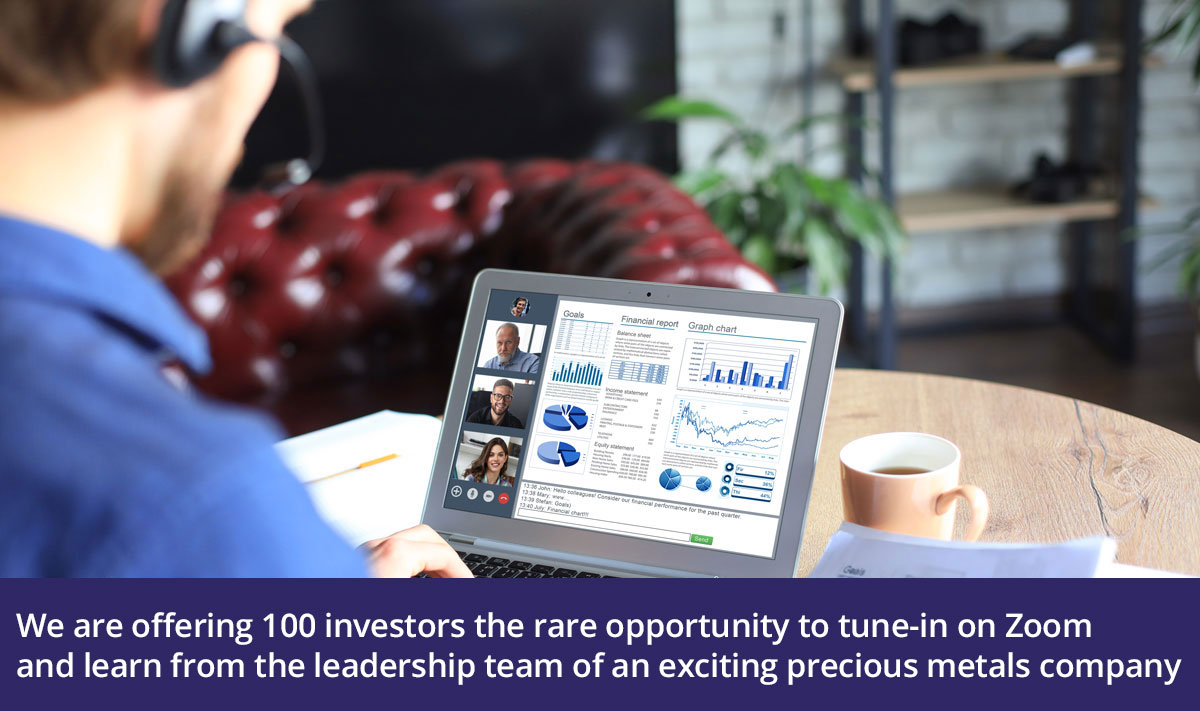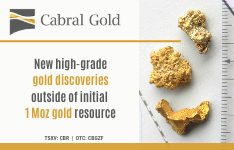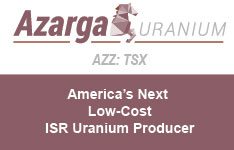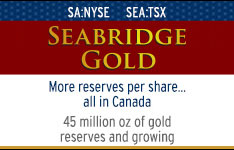The government now hopes to regain control of REE pricing rights by cutting exports, increasing tariff ratios and refusing to issue anymore REE extraction and trade permits in the short term. But some deep structural problems still exist, which threaten to limit the industry's long-term development.
The most urgent of these problems is the pricing rights. China is the largest producer and exporter of rare earth, but it does not enjoy enough rights to set its price in the international market. This can be partly attributed to its "atom-like" internal market structure. Too many Chinese enterprises extracting and exporting rare earths; being small, none of these miners is strong enough to influence price.
According to the laws of economics, an oligopoly favors giant enterprises (which are few in any industry). So, to strengthen its pricing rights, China should first restructure the domestic REE market. Several miners have formed loose alliances or cartels to play a bigger part in pricing and better protect the precious resource.
Government should set higher benchmarks for technological development, environmental protection and production safety, so inefficient enterprises withdraw from business and the market is restructured faster. Another key measure would be to introduce an REE storage regime to better balance supply and demand, which could be done in two ways:
- Closing mines.
- Storing REEs properly.
Lastly, the government should establish a forward market for rare earth elements. Currently, global prices of metals and minerals are determined by the negotiating parties or forward markets.


















































